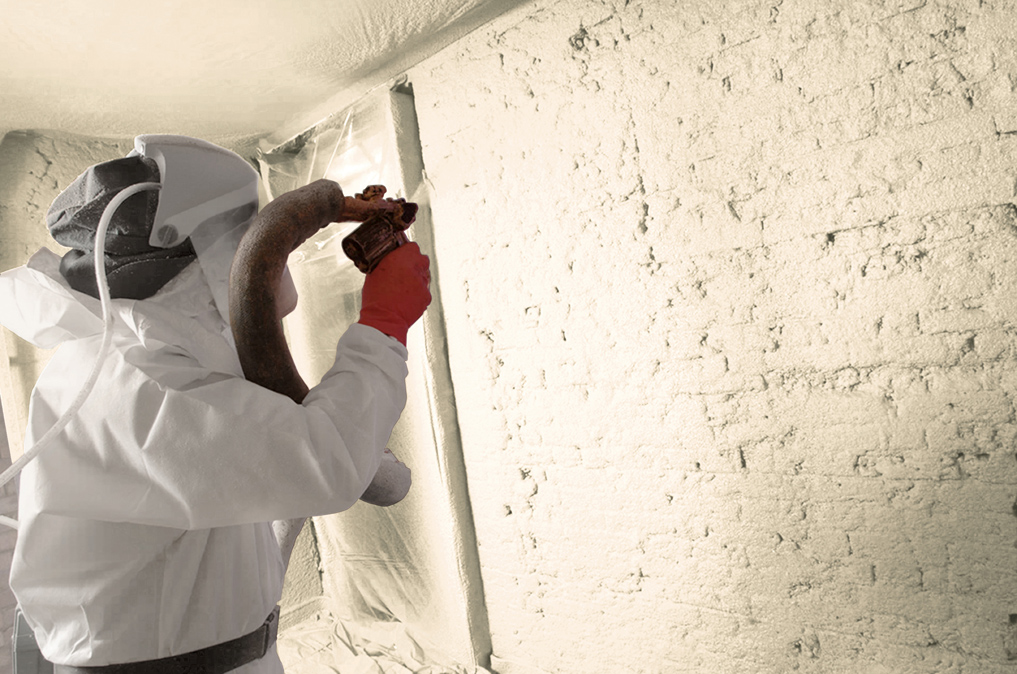
The new Elastospray LWP spray foam insulation from BASF combines maximum insulation performance with environmental performance, thanks to its closed-cell structure.
The spray foam insulation is said to be simple and quick to apply, offering a cost-effective solution suitable for almost all areas of the building envelope on residential and commercial schemes. Its low thermal conductivity can be attributed to its closed-cell structure and airtightness, permitting insulation without thermal bridges. In addition, the product boasts high compressive strength and appropriate water vapour permeability and can help improve a building’s environmental performance.
In its bid to curb climate change, the European Union aims to drastically reduce fluorinated gases (F-gases) with high Global Warming Potential (GWP). The associated EU Regulation is targeting a two-thirds cut in F-gas emissions across Europe by the year 2030. For industry, this means substituting hydrofluorocarbons (HFCs), as conventionally used as blowing agents in spray foam, with eco-friendlier alternatives.
“Climate change ranks among the biggest challenges of our time. At BASF, it is our endeavour to continually develop new products that support reductions in greenhouse gas emissions and sustainable resource use,” explained Jesper Bjerregaard, Director Marketing Construction at BASF Performance Materials.








